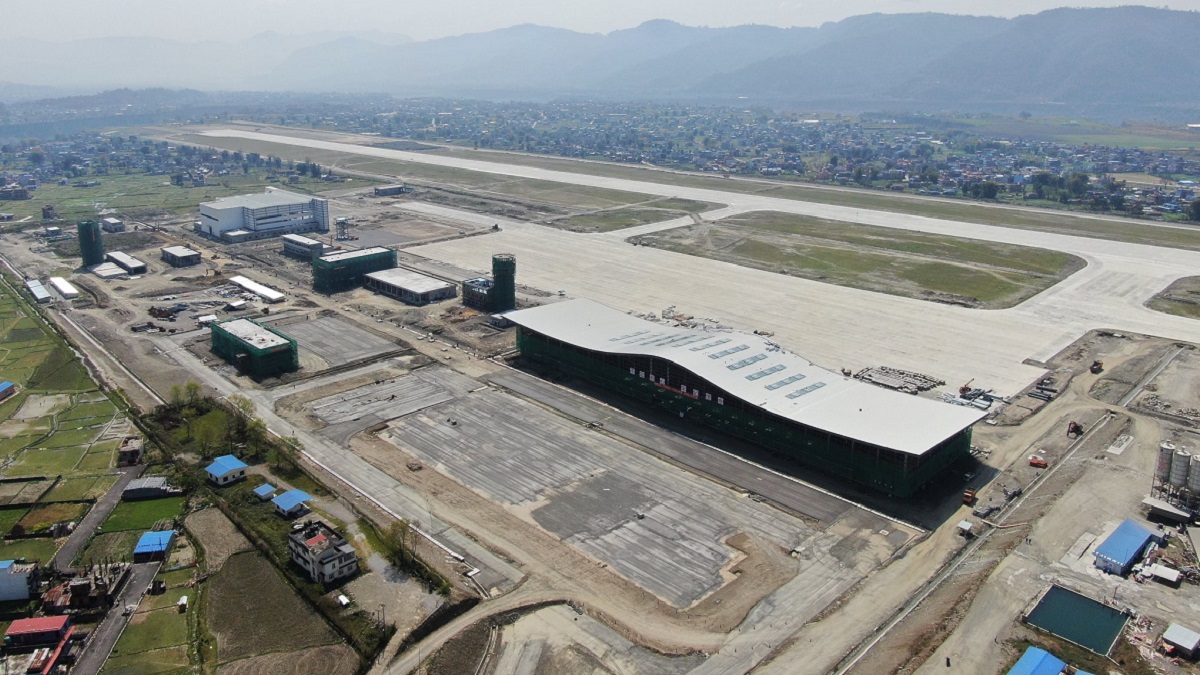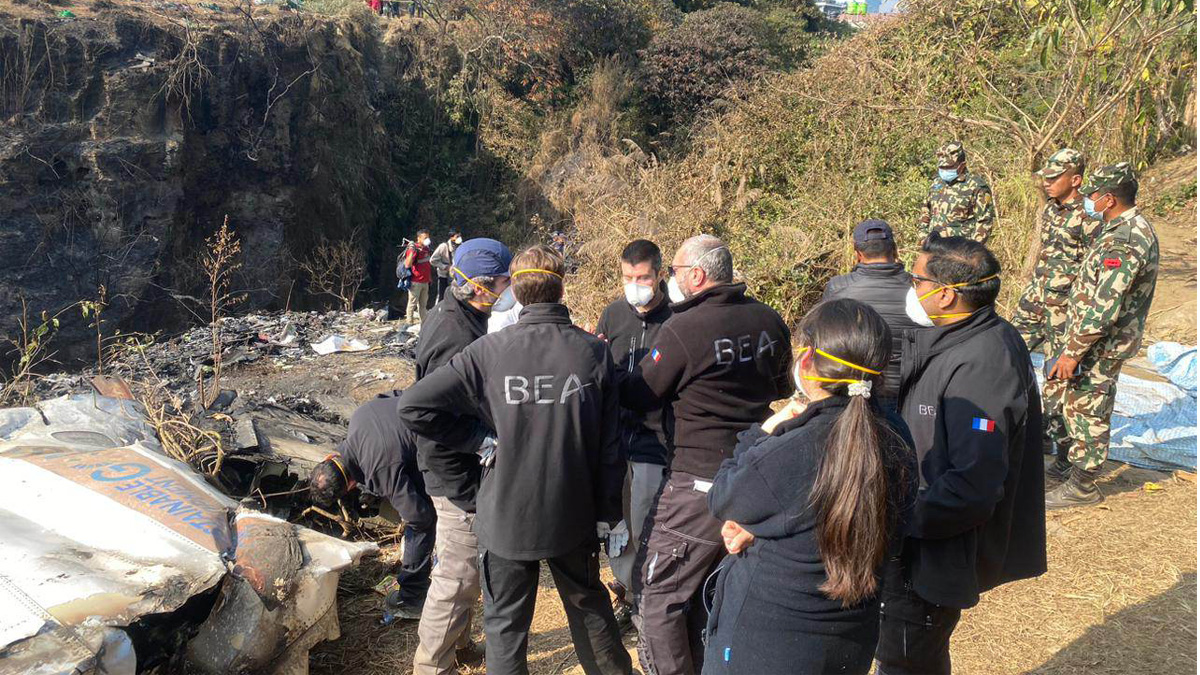
Report Raises Concerns About Pokhara International Airport and Yeti Plane Crash
A government report has attributed the plane crash involving a Yeti Airlines aircraft near Pokhara International Airport eight months ago to a combination of technical issues and human error. However, sources familiar with the situation argue that inadequate runway infrastructure, a lack of essential equipment at the airport, and delayed pilot instructions also played significant roles in the accident. The commission of inquiry tasked with investigating the crash submitted its findings to Sudan Kirati, the Minister of Culture, Tourism, and Civil Aviation.

According to Buddhisagar Lamichhane, the commission’s member secretary, the final report has been submitted to the minister and will be published in accordance with International Civil Aviation Organization (ICAO) guidelines, which stipulate that the report should be made public 60 days after receiving input from relevant countries.
The report reportedly places some blame on the co-pilot for the accident. In the wake of the incident, a five-member accident investigation commission was established by the government to examine the circumstances. Their preliminary report previously suggested that human error on the part of the crew was responsible for the crash, which claimed the lives of all 72 individuals on board.

An earlier report from the Office of the Auditor General had highlighted issues related to negligence in the construction of physical structures at the airport. Aviation experts had cited these issues as contributing factors to the accident. The report identified challenges related to the airport’s proximity to rivers, waste disposal sites, the presence of wildlife, and a lack of adequate space for large aircraft landings.
Furthermore, the Auditor General raised concerns about runway construction. According to the report, a 30-meter cut was needed on the east side of the runway at the height of 1.5 km. The gravel material excavated from this height reduction was utilized in the runway’s construction, eliminating the need to transport material from a distance. The Auditor General has recommended a thorough analysis of the impact of this decision.
The report from the Auditor General also raised concerns about contractual compliance during construction, runway construction errors, increased costs borne by the state, and additional expenses attributed to consultancy services.
The construction of Pokhara International Airport commenced in August 2016 through an agreement with the Chinese state-owned contractor CAMCE, with a total budget of $244 million, including value-added tax. By the end of the previous year, $209 million had been disbursed to the construction company.
While the contract stated that the builders were responsible for taxes, fees, and charges, both inside and outside Nepal, the Auditor General’s report suggested that the project was included in the master list and granted exemptions, despite no such provisions in the contract.
The Auditor General also raised questions regarding the runway’s construction, particularly the removal of 30 meters of the chinedanda’s height on the east side of the runway. The gravel resulting from this excavation was utilized in constructing the runway itself, eliminating the need to transport materials from a distance. The report called for an analysis of the impact of this approach.
The airport’s construction was funded by a loan of 1.37 billion Chinese yuan from China’s Exim Bank, with a 25 percent interest waiver. The remaining amount carried a 2 percent interest rate, considered relatively high compared to loans from international donor agencies. The loan has a grace period of seven years and a repayment term of 20 years.

One significant revelation from the investigation was that crucial equipment, such as the Instrument Landing System (ILS), was only installed at the airport after the handover. The ILS, essential for aircraft landings in various conditions, was not operational during the accident involving the Yeti Airlines plane. This key equipment was subsequently put in place after the incident.
The ILS, a radio navigation system, aids aircraft in landing safely, even in low visibility and adverse weather conditions. It significantly improves landing precision, allowing aircraft to land with reduced visibility compared to traditional methods.
Despite concerns raised about aviation safety rules being violated during the airport’s opening, no action was taken against the responsible parties. Violations included flights operating outside the stipulated hours for visual flight rules (VFR) in disregard of Nepal Civil Aviation Authority regulations, which set daily sunrise and sunset times for VFR flights. Flights were reported to have taken off beyond the specified sunset time, but no penalties were imposed at that time.
















Comments